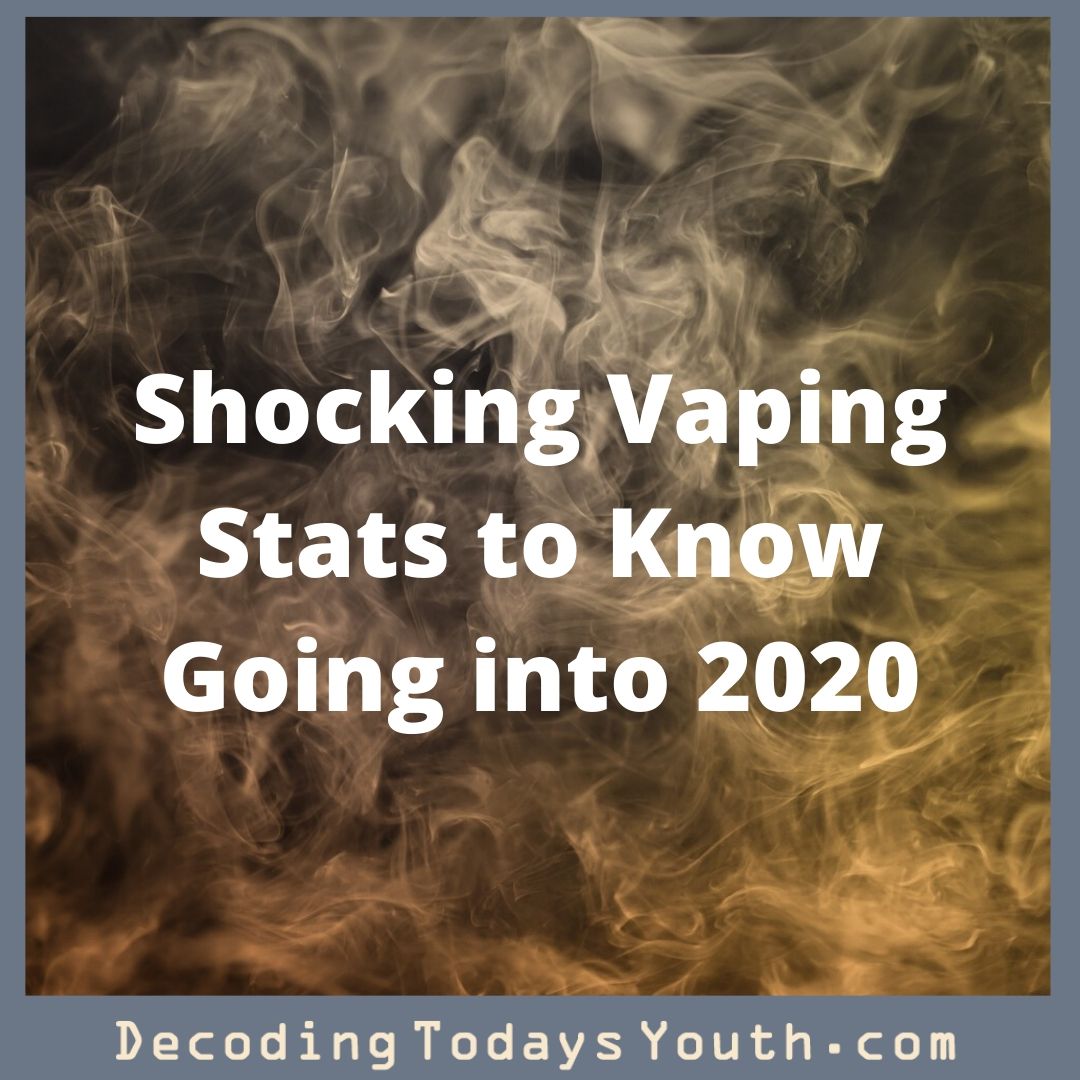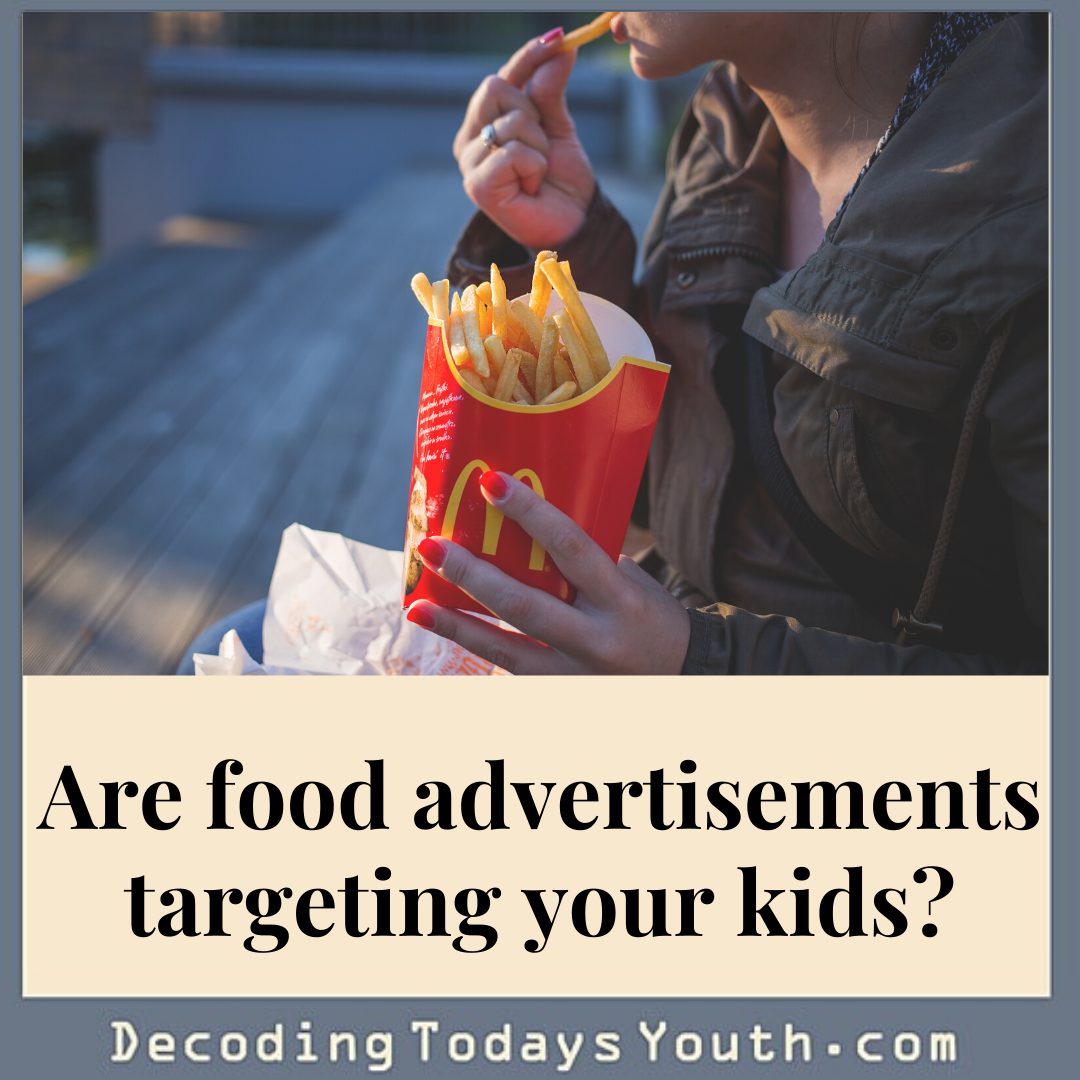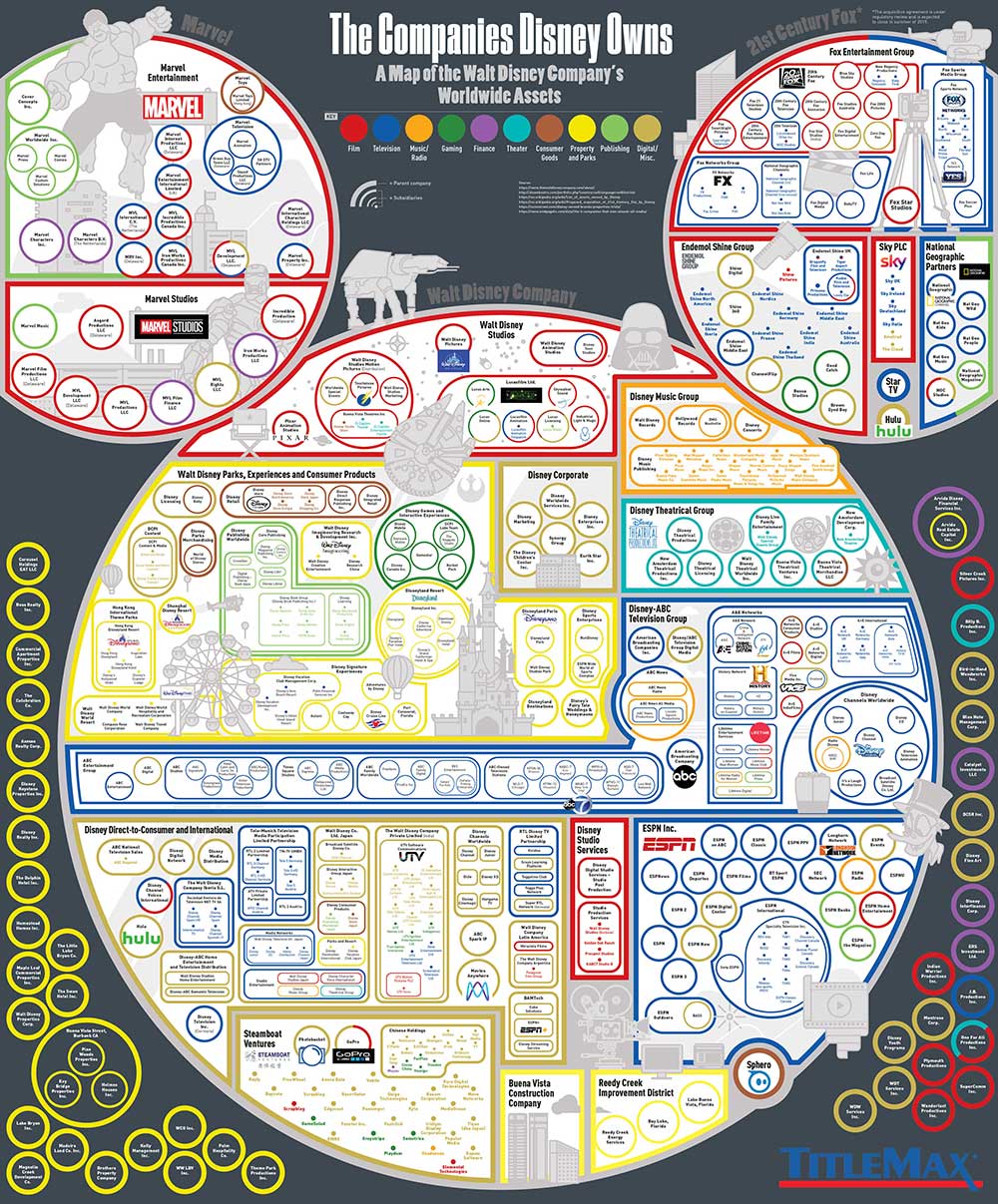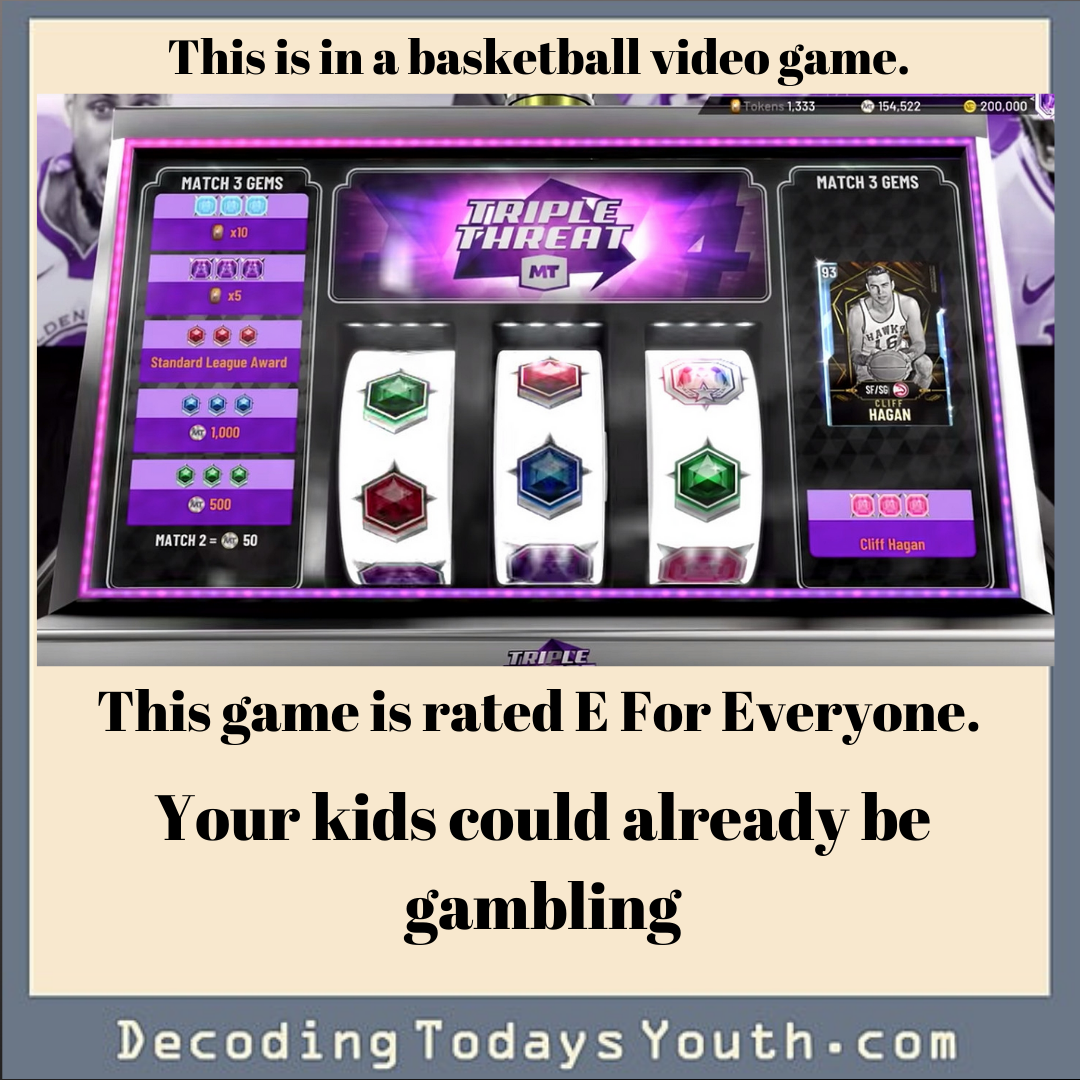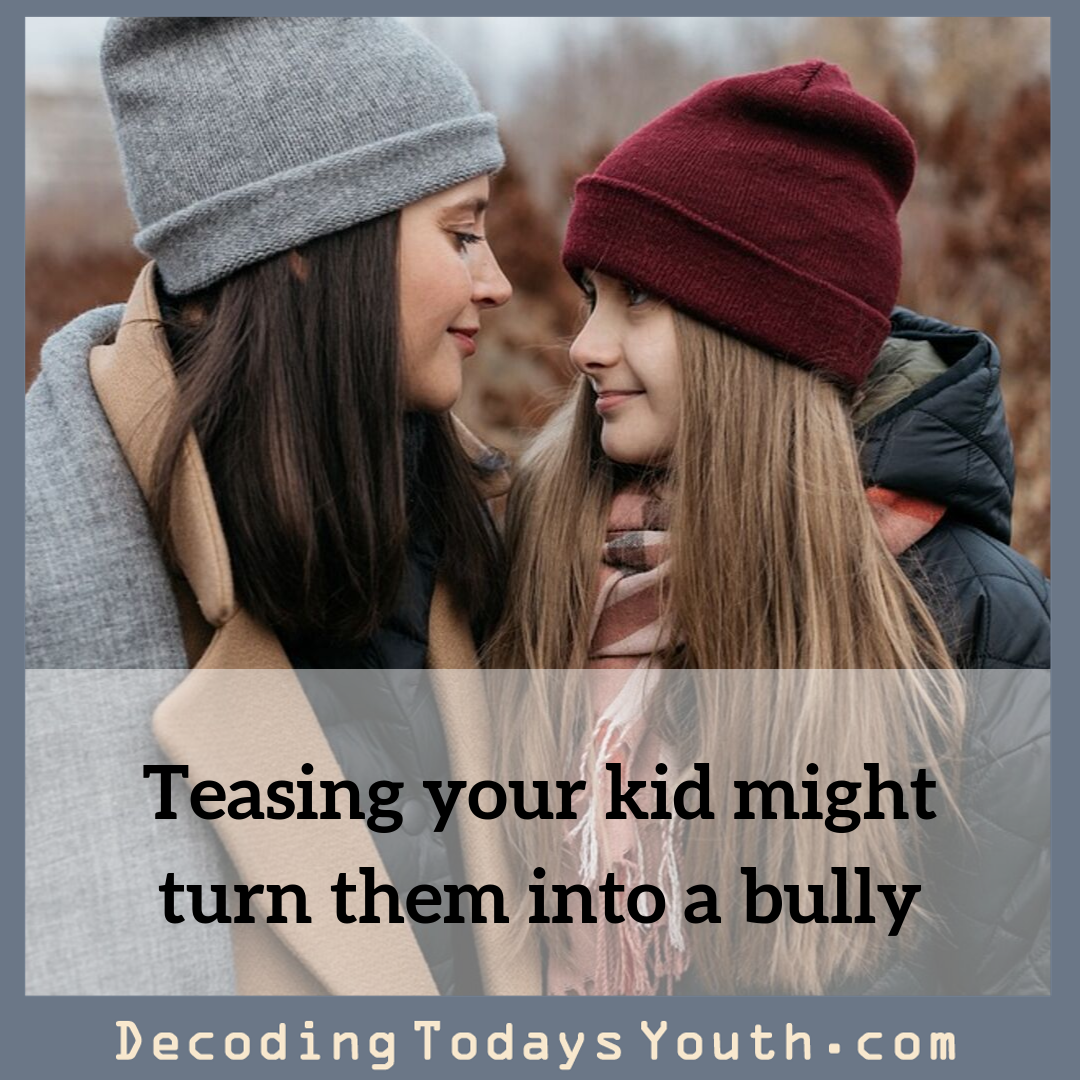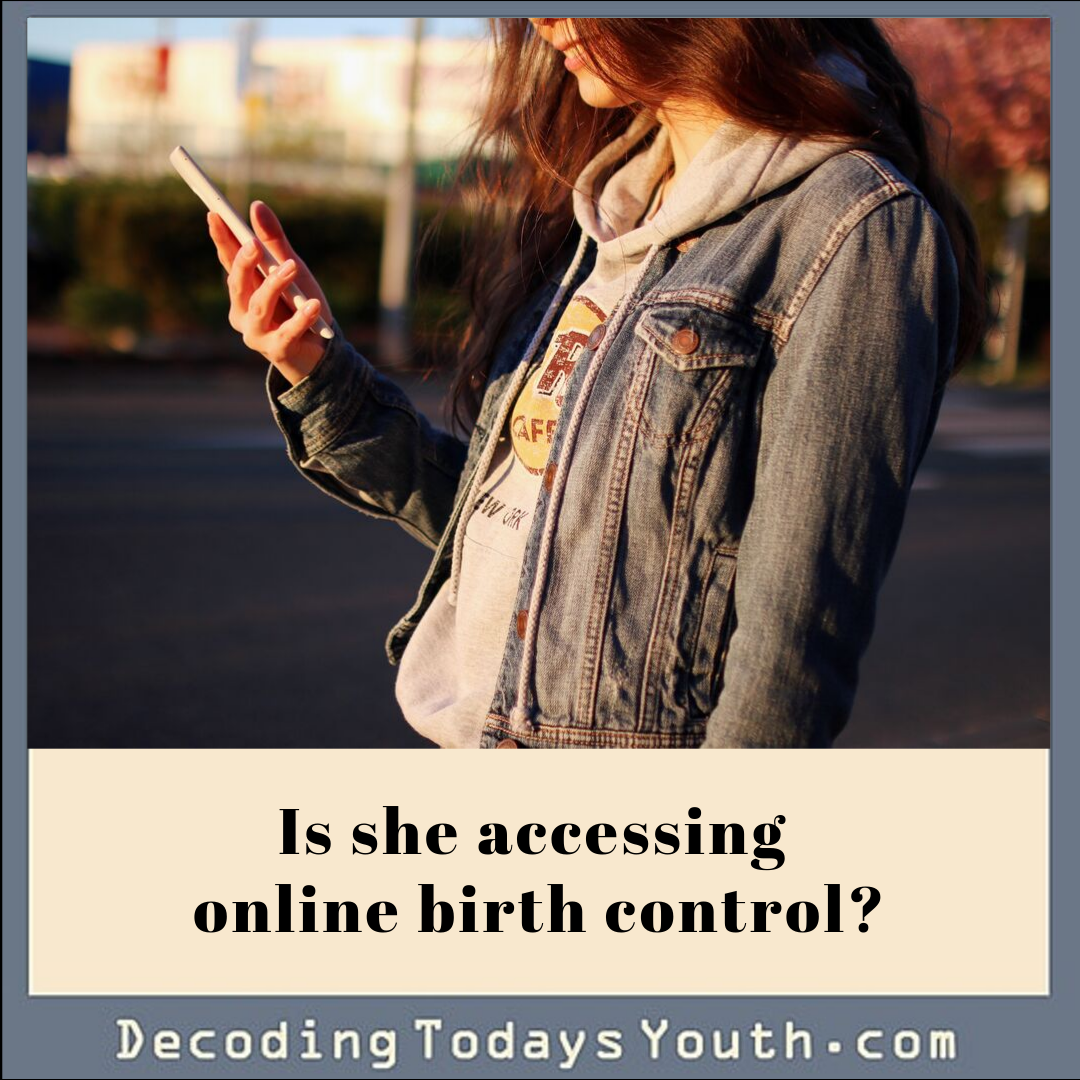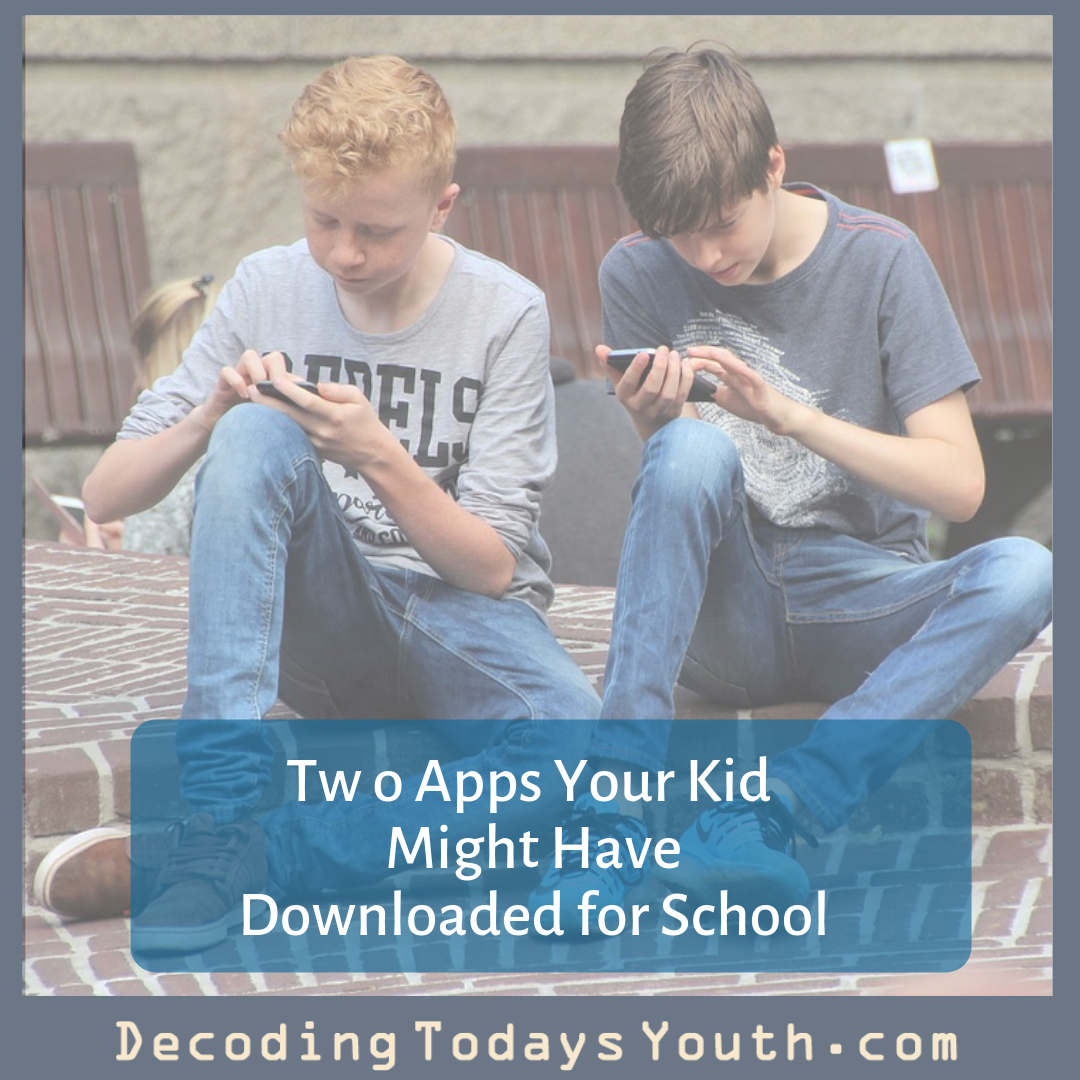
As we head into 2020, vapes are everywhere.
Your family members and friends might have already substituted their cigarettes for the latest in smoking technology. Instead of walking down the sidewalk and being hit in the face with a cloud of tobacco smell, you’re now greeted with scents like cotton candy or bubblegum.
Kids certainly seem to find vaping to be a preferred form of smoking. JUUL proved that. I’m sure you’ve encountered plenty of JUUL pods on the ground in lieu of cigarette butts.
And vaping is still on the rise. Here’s what you need to know about vaping as we head into a new year.
Vapes Make It Easier Than Ever For Your Kid To Smoke Marijuana
Picture this: A kid is sitting in the park with his friends smoking a cigarette. You and many others would pass by without giving it a second thought. It’s not necessarily an unusual occurrence.
Now, consider this: A kid and his friends are sitting in the park passing a joint between them. It’s far more obvious they’re smoking marijuana because of their behavior and the distinct smell. They’re more likely to get in trouble for this scenario either with their parents, the law, or both.
There’s a thin line between these two circumstances. Vapes can completely erase that line.
Regardless of the substance in the vape, odds are you’re going to smell something delightful, not tobacco or marijuana. Unless you get up close and personal with the cartridge in the vape, you’re not going to be able to tell what’s in it unless you’re super familiar with the substances and cartridge brands.
Not shockingly, kids are taking advantage of this.
Kids Are Vaping Marijuana (THC)
A survey from the University of Michigan (posted in the Journal of the American Medicine Association) found that 1 in 5 high school students have vaped marijuana in the past year.
While more kids are still vaping nicotine (1 in 4 said they had done it in the past year), the number of kids vaping marijuana has taken a huge leap from the previous year.
The survey showed that 1 in 7 kids are considered to be current users of marijuana vaping (meaning that they had vaped it sometime in the month before the survey), while the previous year showed only 1 in 13 were current users. Almost double the amount of kids are taking up marijuana (THC) vaping.
Vaping is making it easier than ever before to take up smoking marijuana. It’s convenient. It takes away some of the paranoia that you’re going to get caught since people near you can’t tell what substance is in the vape.
But black market THC cartridges aren’t just causing your kids to get high. They’re posing some serious health risks for users.
With Vaping-Related Hospitalizations Going Up, Officials Are Cracking Down
More than 2,400 people have been hospitalized for vaping-related lung illnesses since the beginning of the summer, and vitamin E acetate is to blame in most cases, according to the CDC.
Vitamin E acetate is used as a thickening agent in illicit THC vape cartridges. You can read more about it in this blog post.
The FDA and the DEA have since shut down 44 sites claiming to sell illegal cartridges. This Associated Press article names Stoners Marketplace and Anonymous Meds as two now-shutdown sites. Investigators were led to some of these sites through interviews with patients. Other websites were shut down because they were scam sites that took money without delivering products.
While studies show that high school kids are decreasing their average usage of alcohol and cigarettes, there has been a slight increase in daily marijuana usage overall and a concerningly large increase in marijuana vaping.
Public health officials are worried about this, and you should be, too.
Links:
https://apnews.com/fc4d6d53d0e722de5cb7be850743d138
https://apnews.com/91b897691ec0b201b912247fd573ff02

